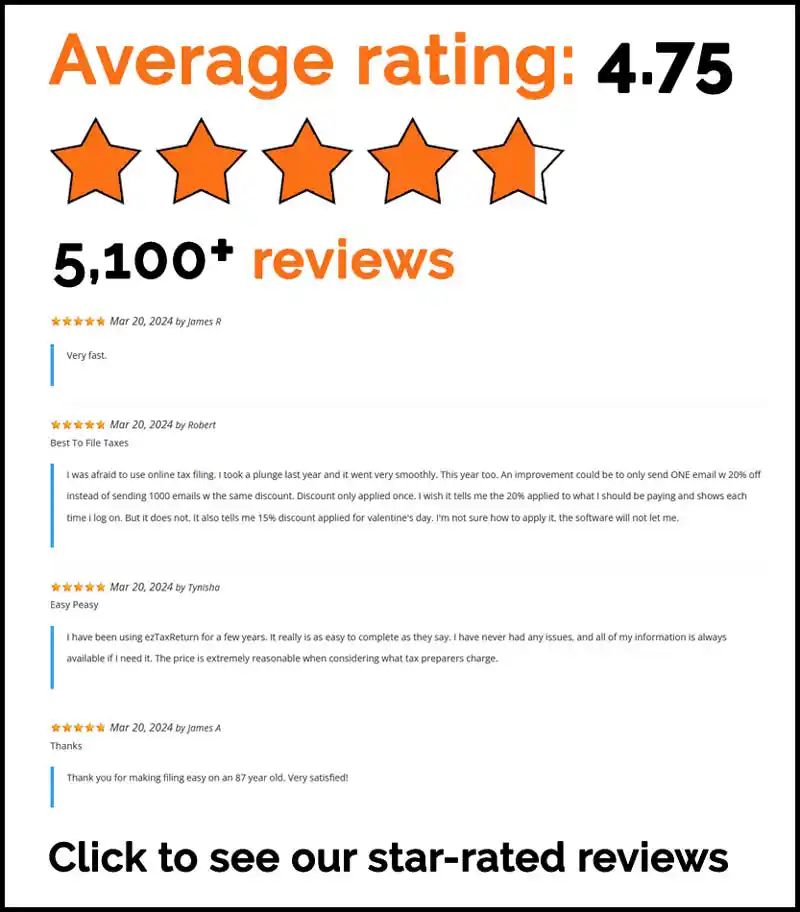Some people have a hard time managing their finances. They borrow too much, save too little and seem to be clueless about good money management. While everyone’s situation is different, familiarizing yourself with basic rules of thumb can help you make better financial decisions. Here are some loose guidelines to follow.
Calculate your budget using the 50/30/20 rule
Budgeting won’t work if you choose a method that’s too restrictive. You want something that will allow you to be responsible, pursue your financial goals and have some fun. With that being said, the 50/30/20 rule covers all the bases. Half of your monthly income will go towards necessities (rent, groceries, utilities, insurance, etc.). Thirty percent of your income will go towards anything your heart desires. Maybe you want to go shopping or out to dinner with friends, either way you can do it without guilt because you’ve already budgeted for the expense. The final 20 percent will go towards building your savings or repaying debts.
Find out how much car you can afford with the 20/4/10 rule
Spending an arm and a leg on a car is a waste of money because it starts losing value as soon as you drive it off the lot. If you plan to take out a car loan, aim to put down at least 20% and don’t finance the vehicle for more than four years. Ideally, you’ll spend no more than 10% of your gross income on car expenses such as your monthly payments, insurance and gas.
Note: Keep the vehicle for at least 10 years to get all the value out of it.
Save 1% of your home’s value for maintenance each year
As a homeowner, guess who’s responsible for handling leaky faucets and missing shingles? That’s right, you are. Therefore, you need to make sure your account is ready to take the hit when things pop up. Each year set aside 1% of your home’s value for maintenance and repairs.
Pay yourself first
Saving money isn’t high on a lot of people’s priority lists. In fact, nearly 70% of Americans have less than $1,000 in the bank. A foolproof way to get the ball rolling in the right direction is to pay yourself first. Pick a small amount and set up automatic transfers with your bank. Anytime you get paid, the money will be moved into your savings account before you get the chance to spend it. Over time, you can increase the amount to build your savings faster.
Always contribute enough to receive your employer’s 401k match
Free money doesn’t land in your lap often so make sure you seize the opportunity when you can. If your employer offers to match a portion of your 401k contributions, always contribute enough to receive the full match. Some employers offer a dollar for dollar match up to 3% of your salary. That can translate into a big wad of cash if you play your cards right.
Increase your savings when you get a raise
Typically, when people receive a raise, they turn around and start spending more money. While it’s okay to treat yourself occasionally, chances are you don’t need to upgrade your car, furniture or wardrobe right now. If you’ve been living comfortably all this time just stick to your current budget. You’ll be much better off using the extra income to build your emergency fund or save for retirement.
Save 6 months of living expenses in an emergency fund
Things may be rainbows and sunshine today, but you never know when a storm will hit your financial life. Maybe you’ll lose your job or become too sick to work for an extended period. Therefore, you need a backup plan. Everyone must have at least 6 months of living expenses saved in an emergency fund. This will allow you to pay your bills and avoid debt while you strategize your next move.
Pay off your highest interest rate debt first
When deciding which order to pay off your debts, always start with the highest interest rate first. Make the minimum payment on all your cards, but focus most of your effort on the one with the highest interest rate. Throw every penny you can towards it. Once that card is paid off, move to the next highest account. Working in this order is the cheapest way to eliminate debt.
Put a 20% down payment on a home
The bigger your down payment, the less money you’ll have to borrow from the bank. Plus, most lenders require you to pay private mortgage insurance (PMI) if you put down less than 20%. The average PMI ranges from 0.55% to 2.25% of the original loan amount each year. You’ll be stuck with the extra expenses until you have at least 20% equity in the home.




